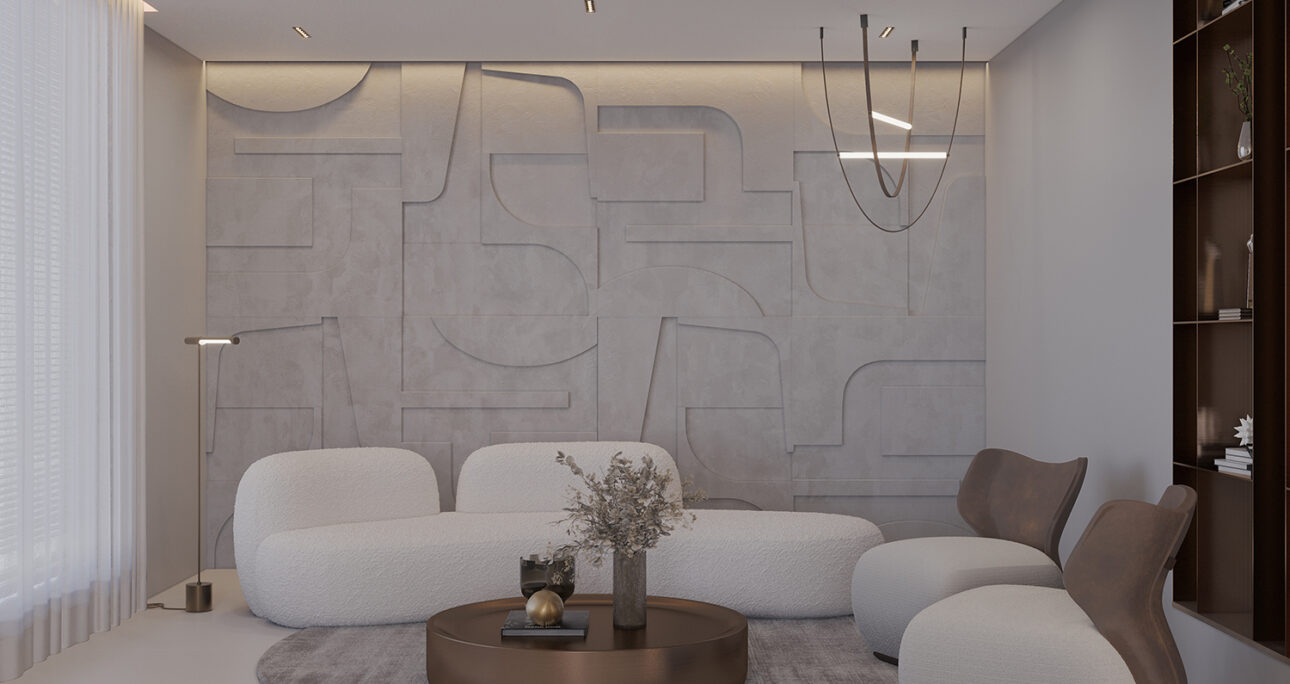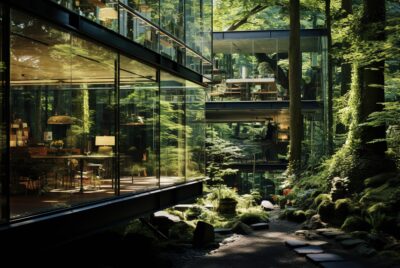What is Photorealism in 3D Visualization?
Photorealism in 3D visualization involves creating images that closely resemble real-life objects and scenes. The challenge lies in replicating the intricate nuances of the real world—such as lighting, texture, and material behavior—to create an image so believable that the viewer cannot distinguish it from reality. Achieving photorealistic rendering requires a deep understanding of how these physical elements interact with one another, along with using the right tools to simulate them in a virtual environment.
The Essential Components of Photorealistic Rendering
Achieving true photorealism in 3D rendering demands careful attention to several key components:
- Lighting and Shadows
- Textures and Materials
- Camera Settings
- Post-Processing Effects
The interplay of light and shadows is one of the most critical factors in making a rendered image look real. Techniques such as global illumination, ray tracing, and path tracing simulate how light bounces off surfaces, producing realistic reflections and shadows. Effective light simulation ensures that soft shadows, highlights, and color bleeding mimic what occurs in real life.
Realistic textures and materials play a crucial role in achieving photorealistic rendering. From the fine grain of wood to the smooth sheen of metal, each surface must be represented with precise detail. Artists use maps like bump maps, normal maps, and displacement maps to add depth and complexity to surfaces, enhancing their lifelike qualities.
Photorealistic rendering often mirrors the mechanics of real-world cameras. By simulating effects such as depth of field, lens distortion, and exposure, 3D artists enhance the realism of their scenes. For example, depth of field makes certain objects appear in sharp focus while others blur, just like in professional photography.
Post-processing is applied after rendering the scene to adjust colors, contrast, and sharpness. Effects like bloom (which simulates the glow of bright lights) and motion blur (which mimics fast-moving objects) also contribute to the photorealistic appeal.
The Role of 3D Visualization in Achieving Photorealism
Achieving photorealism in 3D visualization requires more than technical expertise; it also demands an artistic understanding of how the natural world behaves. Whether it’s an architectural render, a product design prototype, or a digital scene for a movie, 3D professionals must combine creativity with technology to deliver stunningly accurate results.
Tools for Achieving Photorealism in 3D Visualization
Several advanced 3D rendering tools assist artists in achieving photorealism. Here are some of the top tools widely used across industries:
- V-Ray
- Arnold
- Corona Renderer
- Blender Cycles
V-Ray is renowned for its exceptional quality in 3D rendering, particularly in architecture and interior design. It excels at handling complex lighting scenarios and simulating physical light behavior with precision, making it a preferred tool for photorealistic rendering.
Arnold is an advanced rendering engine widely used in major films and visual effects projects. Its physically-based rendering system ensures highly accurate simulations of light and materials, making it an excellent tool for cinematic photorealism.
Corona Renderer is favored by architectural visualization artists for its user-friendly interface and exceptional rendering capabilities. It strikes a balance between ease of use and quality, making it ideal for creating photorealistic architectural scenes.
Blender’s Cycles engine is a versatile, open-source rendering tool that produces photorealistic results. Despite being free, it competes with paid software in terms of quality, making it a popular choice among freelancers and smaller studios.
The Importance of Photorealistic Rendering in Various Industries
Photorealistic rendering has revolutionized several industries, helping businesses save time, cut costs, and enhance customer experiences. Here are some key sectors where 3D visualization and photorealism make a significant impact:
- Architecture and Interior Design
- Product Design and Manufacturing
- Gaming and Entertainment
The demand for ultra-realistic gaming environments and visual effects in movies has skyrocketed, pushing the limits of 3D rendering. Photorealism is crucial in creating immersive experiences in gaming and virtual reality (VR), where visual detail significantly enhances user engagement.
- Marketing and Advertising
Architects and interior designers depend on 3D rendering to visualize projects before construction begins. Photorealistic rendering gives clients a nearly exact representation of the final product, complete with realistic lighting, textures, and materials. This enables better decision-making and prevents costly changes during construction.
In product design, 3D visualization allows companies to create detailed prototypes before manufacturing begins. Industries such as automotive, consumer electronics, and fashion use photorealistic 3D renders in marketing campaigns, giving customers a realistic preview of products without the need for expensive physical prototypes.
As e-commerce grows, 3D visualization has become a vital tool for marketers. Photorealistic rendering enables brands to create realistic product images for advertising campaigns, online stores, and augmented reality (AR) applications. This helps generate strong visual impact and build customer trust.
Challenges in Achieving Photorealism in 3D Rendering
Despite technological advances in photorealistic rendering, certain challenges persist:
- Rendering Time and Hardware Requirements
- Achieving Realistic Motion
- Balancing Realism and Artistic Vision
Creating photorealistic images requires significant processing power. High-quality renders often take hours or even days to complete, depending on the complexity of the scene and the hardware used. While cloud rendering solutions have helped alleviate some of these issues, rendering time remains a bottleneck in many projects.
Photorealism extends beyond static images; it also applies to animations and simulations. Achieving realistic movement in scenes with complex interactions, such as liquid flow or cloth simulation, is particularly challenging and requires advanced physics engines.
In some cases, achieving photorealism may conflict with the artist’s creative goals. While photorealistic renders aim to mimic reality, some projects require a stylized or exaggerated look. Balancing realism with the intended artistic vision is a delicate process that requires both technical expertise and creative judgment.





